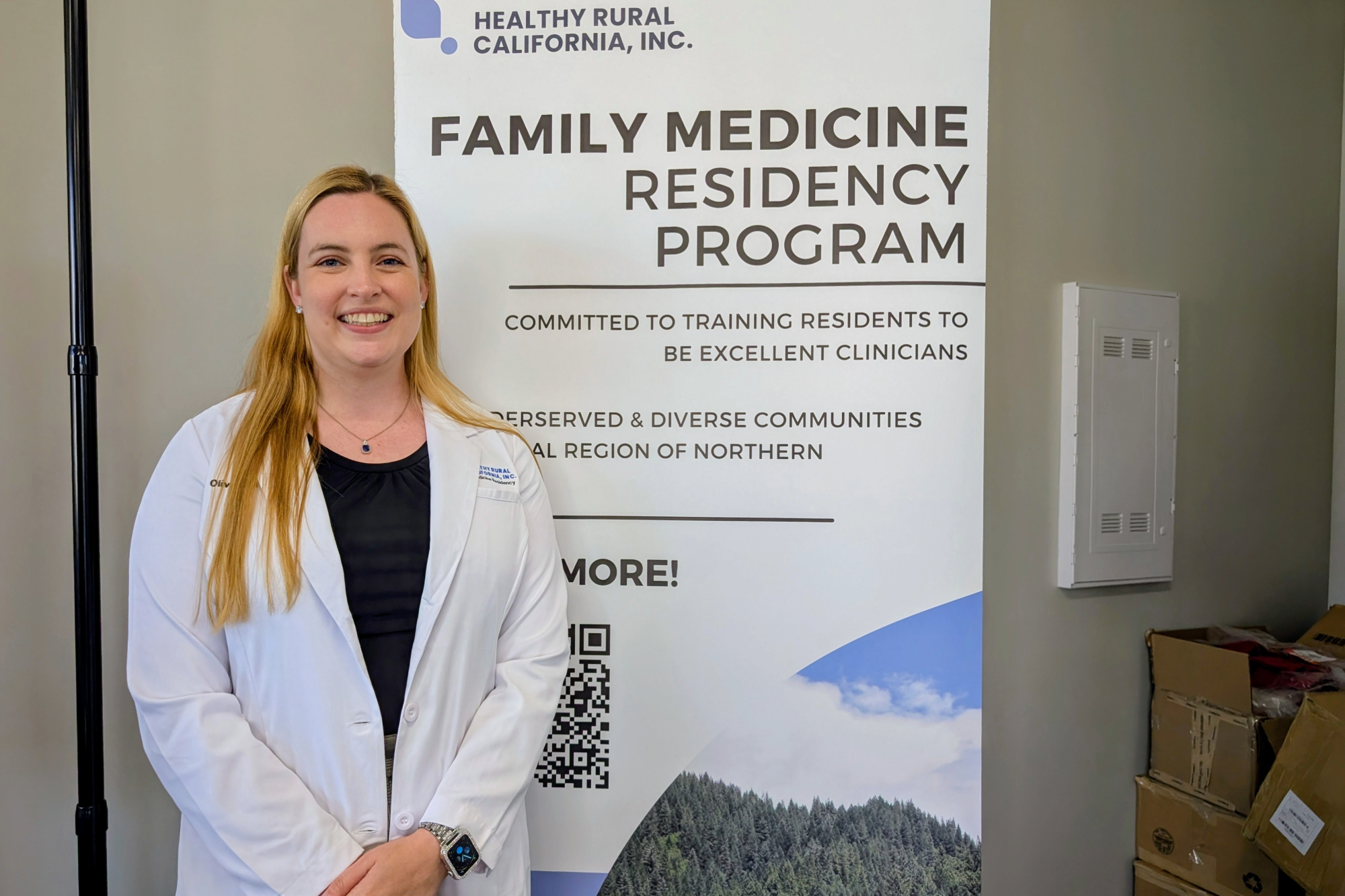
A few months ago, I met leaders from Bluegrass Care Navigators, a Kentucky organization formerly called Hospice of the Bluegrass, which expanded beyond its hospice roots in response to community needs. Bluegrass Care Navigators took its core asset – team-based, patient-centered, goal-oriented care – and pushed beyond the traditional boundaries of hospice care. It added home- and hospital-based palliative care services, a program to support patients transitioning from hospital to home, adult day health services, private duty care, and even a service to support babies with drug-addicted mothers.
Other hospices are also expanding their mission and moving upstream, providing palliative care for people with serious illness earlier in the course of their disease. As hospice organizations move beyond traditional hospice care, which is limited to people with a life expectancy of six months or less who have stopped “curative” treatment (as required by the Medicare hospice benefit), they are among a growing group of voices pushing for “palliative care everywhere.”
What exactly is palliative care – and why is this movement happening? At its core, palliative care is person-centered, goal-oriented care focused on relieving the suffering and physical, emotional, and spiritual stress of serious illness, regardless of the patient’s age or the stage of disease. It is an extra layer of support that can be paired with interventions aimed at curing or controlling the disease. For example, palliative care can be:
- Symptom management for a 42-year-old with recently diagnosed cancer who is experiencing severe chemotherapy-related side effects and later goes into remission.
- Intensive case management for a 50-year-old with advanced liver disease to help him demonstrate that he meets the criteria for a liver transplant.
- Emotional support and family counseling for a 70-year-old with recurrent breast cancer whose daughter refuses to talk about her mom’s preference to avoid further disease-directed treatment.
- Comfort care in the final weeks of a person’s life.
This array of services should be part of all serious illness care, whether provided by a primary care physician, oncologist, cardiologist, or specialty care team trained in palliative care.
Palliative care ought to be everywhere. It has been shown to improve quality of life and patient/family satisfaction. It enables people to obtain supportive care at home or in a clinic, helping them avoid crises that lead to unnecessary emergency department visits or hospitalizations.
While palliative care is not yet available everywhere, its prospects are improving as organizations like Bluegrass step in. Given the large and convincing evidence base showing palliative care’s beneficial effects, we now see hospices, health care systems, specialty palliative care providers, and health plans increasing access to it in hospital, clinic, home, and telehealth settings. As the boundaries around who provides this care widen, more people with serious illness will have access to the services they need and want.
Definitions and Boundaries
Despite — or perhaps compounded by — this growth in palliative care and its providers, doctors and patients remain confused about what palliative care is and how it can help them. Just as some patients and providers bristle at the word hospice and equate it with “giving up,” some resist palliative care because they think “we’re not there yet,” even though most people managing a serious illness could benefit from the extra help.
Patients are not well served by boundaries like those between disease-directed care and palliative care, between palliative care and complex chronic conditions management, or between palliative care and hospice. The movement to integrate palliative care everywhere aims to blur these boundaries, but that can’t happen without policy changes to support this work, payment mechanisms to ensure coverage of palliative care, adequate supply of trained providers, and public engagement. Forward momentum toward these goals is evident. Consider:
- In California, Senate Bill (SB) 1004, enacted in 2014, requires Medi-Cal managed care plans to provide access to palliative care services. Technical assistance supported by the California Health Care Foundation will help plans and providers successfully implement these services this year.
- Since 2016, the Centers for Medicare & Medicaid Services have paid health care providers for advance care planning conversations with Medicare beneficiaries. Currently, the Center for Medicare & Medicaid Innovation is testing the Medicare Care Choices Model in 98 hospices that provide hospice-like services to patients while they receive disease-directed care from primary or specialty providers. Both the American Academy of Hospice and Palliative Medicine and the Coalition to Transform Advanced Care have worked to advance federal payment reforms and alternative payment models for palliative care services.
- Resources to spread palliative care skills to all providers treating patients with serious illnesses — often referred to as “primary palliative care” or “front-line palliative care”— are widespread and growing. Programs like VITALtalk and Ariadne Labs’ Serious Illness Conversation Guide seek to improve providers’ skills in communicating with patients. The California State University Institute for Palliative Care, with its comprehensive online curriculum, equips family physicians, nurse practitioners, physician assistants and other providers to use basic palliative care skills in caring for patients with serious or life-limiting disease, while the while the Coalition for Compassionate Care of California, the Center to Advance Palliative Care, and many others provide online and in-person training resources for both palliative care specialists and front-line providers.
- Community engagement is growing. Efforts like The Conversation Project, Death Cafes, and screenings of the PBS documentary film Being Mortal (based on the bestselling book by Atul Gawande) are raising public awareness about the need for patients and families to talk with each other about values, preferences, and goals of care in the face of progressive disease.
While the pace of change in health care can be frustratingly slow, I’m struck by the ways this field is rapidly evolving, innovating, and shifting boundaries. Organizations and individuals are stepping up to the challenge and doing things differently, and I’m excited for where we’re headed. We are shifting our focus from diseases and body systems toward people, their experience of serious illness, their quality of life, and what matters most to them during hard times. We palliative care “believers” see this movement as the cure for what ails American medicine.
Authors & Contributors






